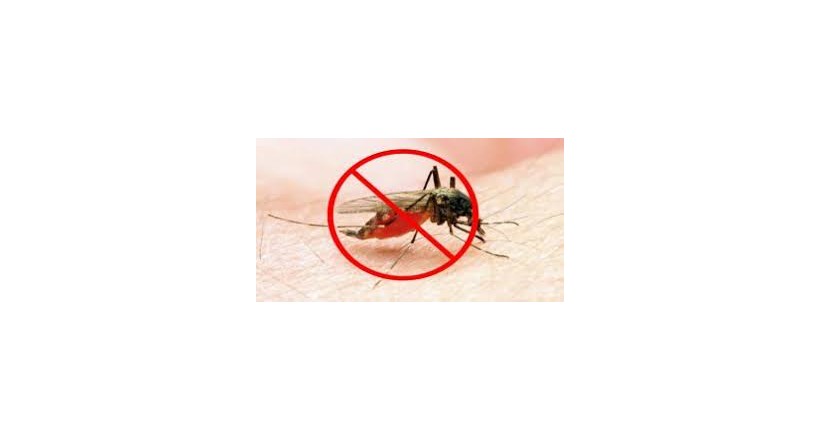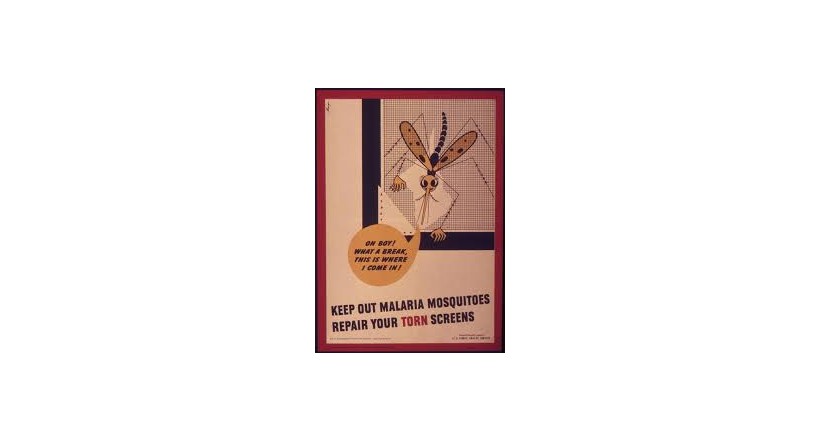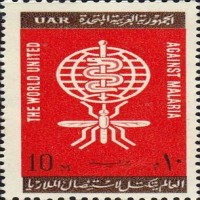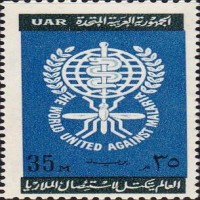History of Malaria The history of malaria extends from its prehistoric origin as an animal disease the source of African leaders during the 20th century. It is a highly spread disease that causes infection to humans and is actually fatal. At its peak, malaria swept all continents except Antarctica. Science and medicine have made their main goal is to find his cure and prevent it for hundreds of years. Since the discovery of pathogenic parasites, all research has focused on the biology of these parasites as well as mosquitoes.
We have found references recorded throughout history since 2700 BC in China talking about the unique and periodic malaria fever.
] For thousands of years, traditional herbal remedies for malaria have been used. The first effective treatment of malaria was extracted from the bark of the quinine. After detecting the link between mosquitoes and pathogenic parasites in the early 20th century, mosquito control measures were introduced, such as: widespread use of DDT, draining and draining swamps, covering or lubricating the surface of open water sources, indoor indoor spraying, and use of mosquito netting Saturated with pesticides. Quinine has been prescribed prophylactically in endemic areas of malaria and other new drugs such as chloroquine and artemisinin have been used to combat the ordeal. Today, artemisinin is added to any drug used to treat malaria. Deaths in Africa have halved after the use of artemisinin as a treatment with other drugs.
Malaria researchers have won many Nobel Prizes for their achievements, although the disease still affects about 200 million patients, causing more than 600,000 deaths each year







